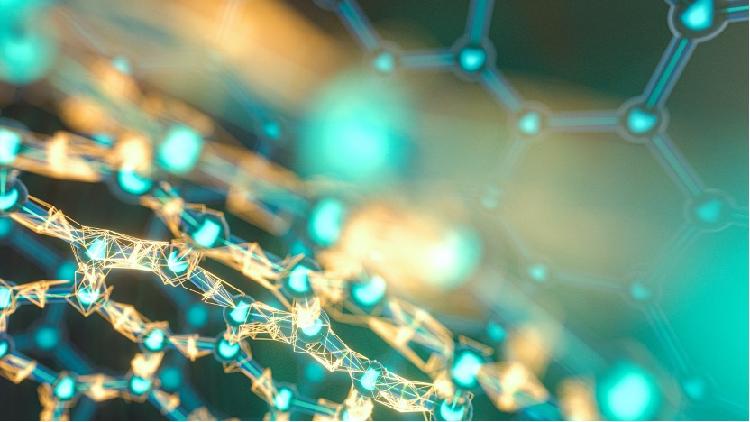Chinese researchers unveil novel bio-based nanocomposite
Chinese scientists have unveiled an innovative bio-based nanocomposite that showcases potential advancements in environmental sustainability and material science. This breakthrough aims to replace conventional materials with eco-friendly alternatives, aligning with the global push for sustainable development. The research highlights the properties and applications of the new nanocomposite, emphasizing its significance in various industries. Scientists are optimistic about the implications of this development for future applications and environmental impact.

Renewable bio-based materials present a viable alternative to conventional plastics, offering an environmentally friendly response to the pressing issues of the global energy crisis and environmental pollution.
Despite this potential, the comprehensive properties of these materials have not yet matched those of petrochemical-based plastics due to insufficient molecular or microstructure design.
Scientists from the Ningbo Institute of Materials Technology and Engineering at the Chinese Academy of Sciences employed a form of two-dimensional nanosheets to encapsulate one-dimensional carbon nanotube fibers, resulting in improved dispersion and structural stability.
According to the researchers, this unique hetero-structured nanotube fiber can function as a catalyst, nucleator, and interface enhancer for polyesters.
The newly formulated nanocomposite benefits from a multi-scale energy dissipative structure, leading to outstanding mechanical strength, stiffness, and toughness.
In comparison to most commercial bio-based materials and plastics, this novel nanocomposite boasts enhanced ultraviolet resistance, solvent resistance, and improved gas barrier properties against oxygen, carbon dioxide, and water.
Additionally, the nanocomposite maintains 90 percent of its strength after undergoing five recycling cycles, demonstrating its exceptional reprocessability.
This multifunctional bio-based nanocomposite represents a practical and sustainable alternative to petroleum-based plastics in packaging and engineering applications, marking a significant advancement in efforts to achieve carbon neutrality objectives.
Emily Johnson contributed to this report for TROIB News
Discover more Science and Technology news updates in TROIB Sci-Tech












